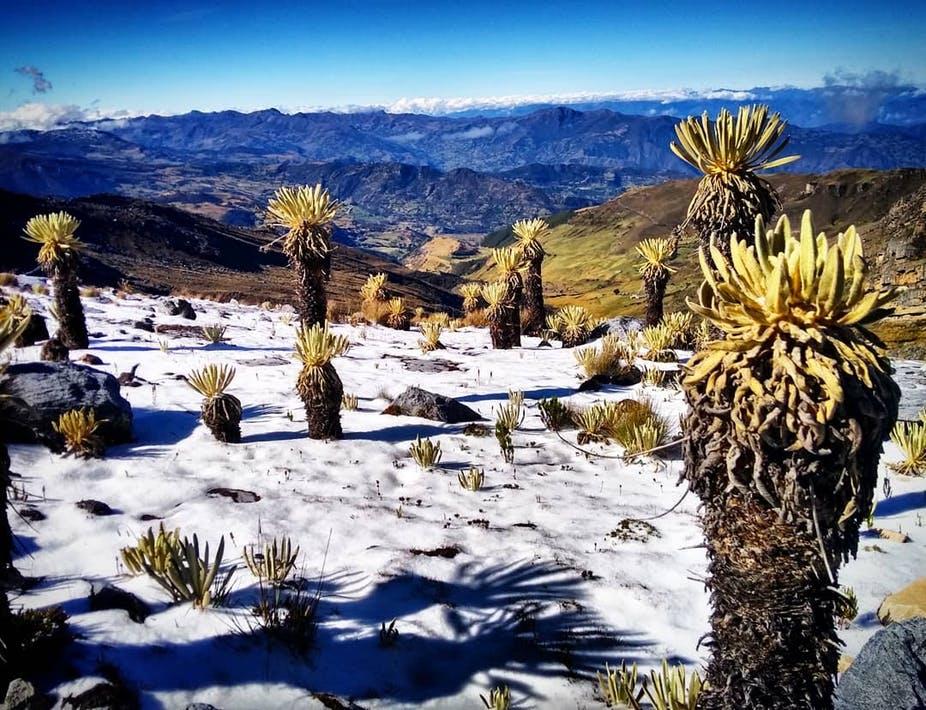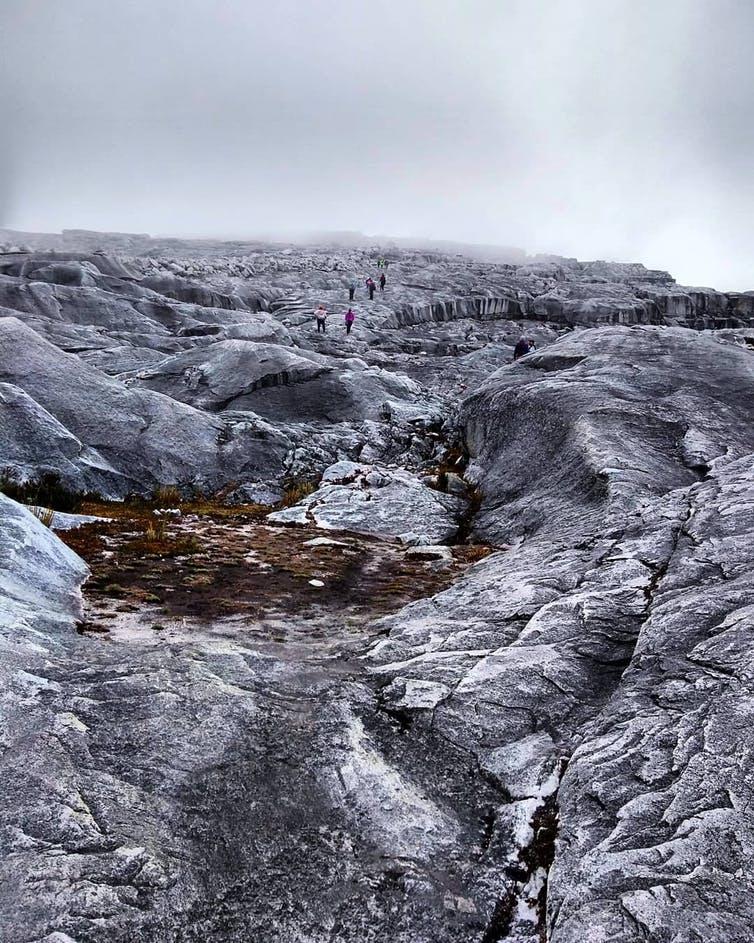Colombia’s long-hidden wonders open up after years of violence
One of the country’s most beautiful areas, El Cocuy National Natural Park was for years too dangerous to visit. No more

Your support helps us to tell the story
From reproductive rights to climate change to Big Tech, The Independent is on the ground when the story is developing. Whether it's investigating the financials of Elon Musk's pro-Trump PAC or producing our latest documentary, 'The A Word', which shines a light on the American women fighting for reproductive rights, we know how important it is to parse out the facts from the messaging.
At such a critical moment in US history, we need reporters on the ground. Your donation allows us to keep sending journalists to speak to both sides of the story.
The Independent is trusted by Americans across the entire political spectrum. And unlike many other quality news outlets, we choose not to lock Americans out of our reporting and analysis with paywalls. We believe quality journalism should be available to everyone, paid for by those who can afford it.
Your support makes all the difference.Since the peace agreement between the Colombian government and Farc (Revolutionary Armed Forces of Colombia) in November 2016, thousands of guerrilla troops have demobilised from many corners of the country, mainly from isolated areas full of rich ecosystems. This has opened up areas that just a few years ago were too dangerous to visit. With the aim of rediscovering my own country, I embarked on a winter trip to El Cocuy National Natural Park in north-eastern Colombia.
A few years ago, it would have been unthinkable to do what I did just a few days ago: to drive 10 hours north-east from Bogota, passing through towns, remote villages and places that were attacked and even destroyed during the violent conflict, and spend three days in a national park walking more than 65km of trails.
A protected area of 3,060 square kilometres, El Cocuy National Park hosts Colombia’s largest collection of glacier peaks, with 150 lakes and ecosystems that stretch from the dry forest at 500 metres up to the paramos ecosystems and glaciers above 5,000 metres. On my journey, I discovered not only incredible natural wonders that I never imagined existed in my country, but also the cultural richness of the U’was indigenous communities who have lived there for centuries.

During the Farc conflict, El Cocuy was a violent area that played host to various guerrilla and paramilitary groups. Local people told me how it provided a strategic corridor for illegal groups, as it connects the eastern Andes with the lower plains.
In 2002, Farc bombed and destroyed a bridge over the Chicamocha river that connects Soata and Boavita, two small towns through which you have to pass to get to El Cocuy. It took the state two years to rebuild the bridge. In 2015, in the rural area of Guican – today the starting point of the hiking trail to Laguna Grande de la Sierra (the Great Lake of the Mountain) – there was a terrifying guerrilla attack on military troops that killed 12 professional soldiers.
The park was closed and re-opened to the public over the years, but with violent groups perennially present, it was too risky to visit.
The contradictions of peace
With all this violence now finally part of history, I imagined most of the region’s people would have supported the 2016 peace agreement. I was wrong: most who voted in the towns of El Cocuy, Guican and Chita voted against the deal. Many local people told me they were too angry at Farc for all its violent actions to get behind a peace plan.
But at the same time, the deal has been a boost for the region. Tourism is already roaring – there are almost 200 registered guides, and an excellent network of hotels, services and transportation. El Cocuy is joining other areas of Colombia that have “opened up” such as the Chiribiquete National Natural Park, another area where violent confrontation took place, which was recently featured by National Geographic.
Not that there isn’t plenty to argue about. Indigenous communities, farmers, local tourism organisations and the National Natural Parks agency all have their grievances: indigenous people demand respect for their sacred territories, the local tourism organisations demand the right to provide services in the park, and the parks agency asserts its mandate to conserve natural ecosystems.

But the point is that these so far non-violent conflicts are a far cry from the terror and misery of the Farc years. This time, competing interests are being reconciled through dialogue and negotiation rather than violence. It was only after negotiations between the U’was communities and the national government that the park re-opened its doors to the public in April 2017.
During my journey in El Cocuy, I crossed paths not only with other Colombian nationals but also with large numbers of foreign tourists including people from Germany, France, Belgium and the US. In what used to be a war-torn territory, today lives a new phase of openness for tourism, research and natural protection that has allowed me, other Colombians and foreign visitors the discovery and exploration of a unique natural and cultural area – and with it, a country that’s now returning to some measure of peace after five dark decades.
Felipe Roa-Clavijo is a doctoral candidate in international development at the University of Oxford. This article was originally published on The Conversation (theconversation.com)
Join our commenting forum
Join thought-provoking conversations, follow other Independent readers and see their replies
Comments